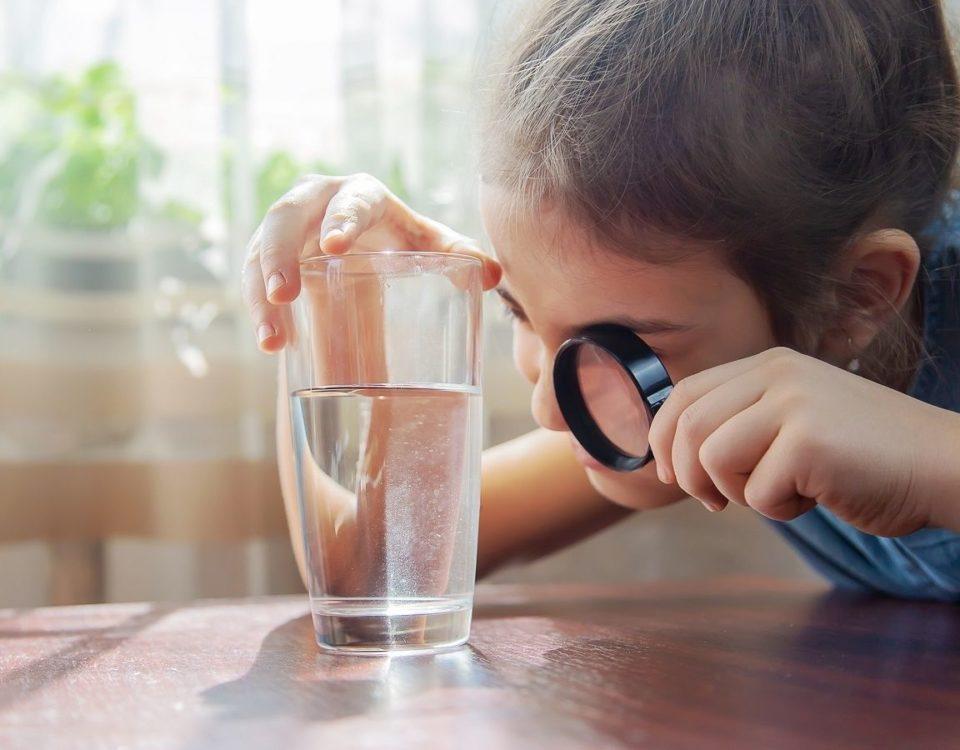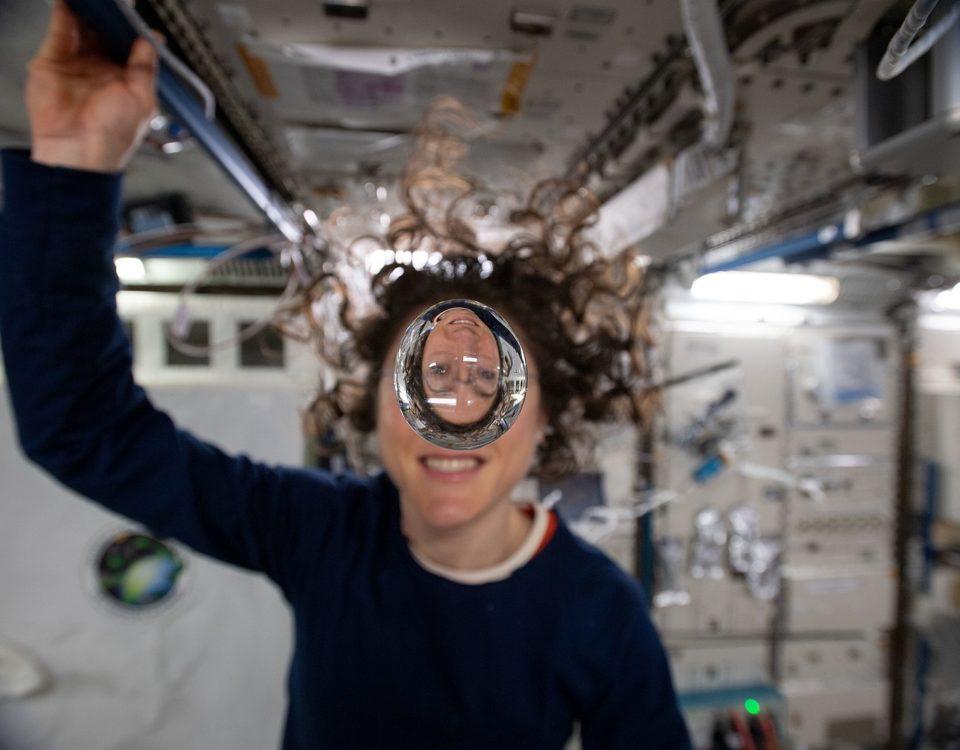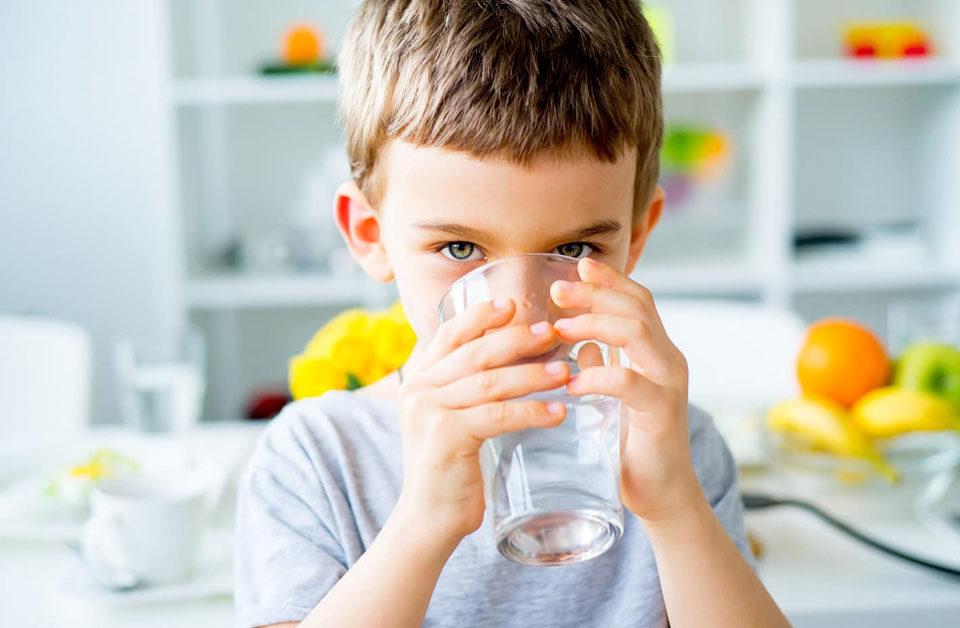Check the quality of your city water
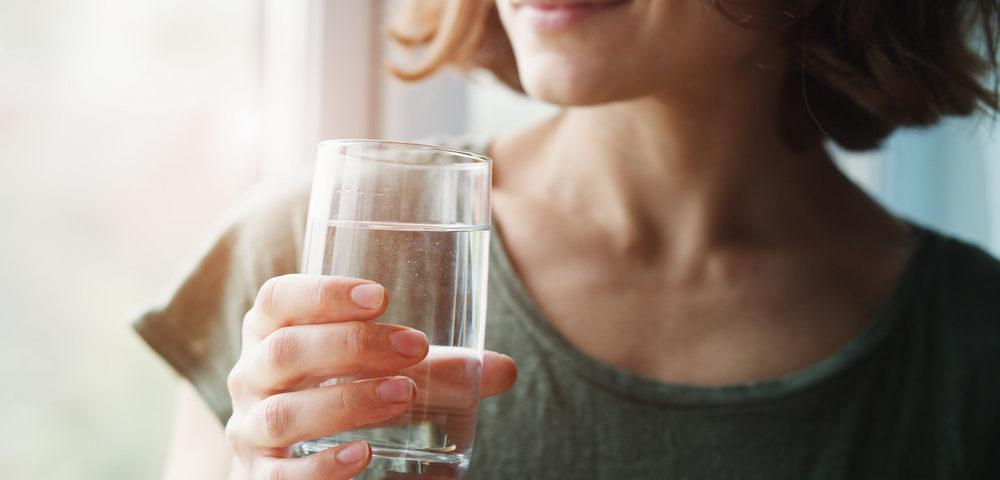
Depending on your country, region and municipality of residence, the water delivered to your home can be very different. This difference can be explained by the particularities of the sources, the quality of the pipes and the treatments carried out by the distributors. You can check the quality of your water on the websites of the relevant organisations or by testing it yourself with a TDS meter.
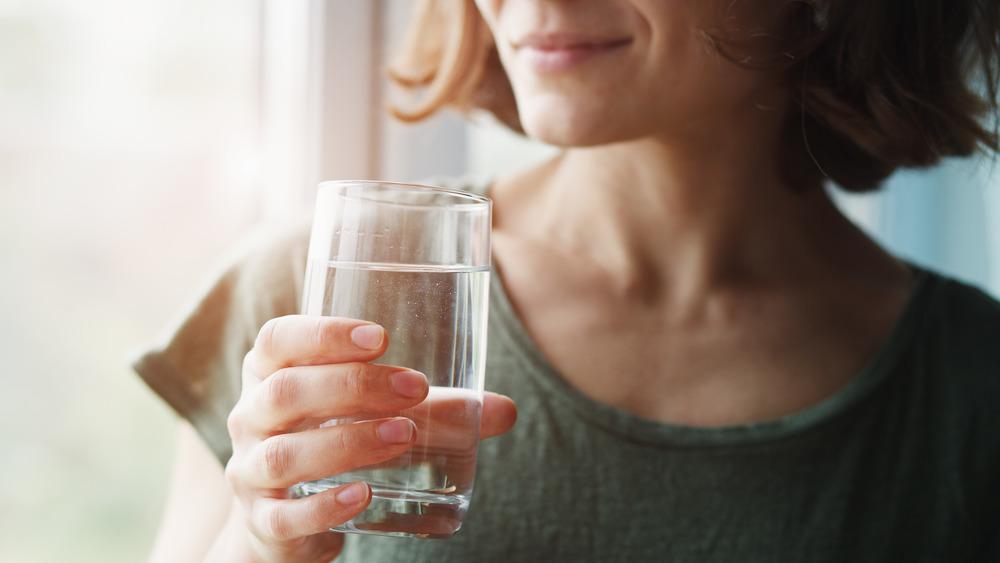
Check the quality of your water with your supplier
In Belgium, water distribution is a regional matter. There are therefore 3 regulatory organisations: Aquawal in Wallonia, AquaFlanders in Flanders, Bruxelles Environnement and the Brussels Water Management Company (BMWB) in Brussels.
There are about thirty water companies, managed by the communes or inter-communal associations. Your water supplier depends on where you live. In other words, depending on where you live you will automatically be supplied with water by a particular distributor.
In the Walloon region : SSWDE, AIEC, AIEM, CIESAC, CILE, IDEA, IDEN, INASEP, in BW, Régie communale des Eaux de Chimay, Régie des Eaux de Saint-Vith, Service des Eaux de la Commune de Burg-Reuland, Service des Eaux de la Commune de Habay, Service des Eaux de la Commune de La Calamine, Service des Eaux de la Commune de Libin, Service des Eaux de la commune de Libramont-Chevigny, Service des Eaux de la Commune de Limbourg, Service des Eaux de la Commune de Rochefort, Service des Eaux de la Commune de Theux, Service des Eaux de la Commune de Trois-Ponts, Service des Eaux de la Commune de Waimes.
In Flanders : De Watergroep, AGSO Knokke-Heist, Aquaduin / IVWA, FARYS, Pidpa, Water-link
In Brussels : Vivaqua
As a resident of Belgium, you can check the quality of tap water here:
- Brussels: the website of the only distributor, Vivaqua
- Wallonia: the website of Service Public Wallon de l’Environnement
- Flanders : the website of the main Flemish distributor, De Watergroep
In France, water distribution is not centralised. It’s the responsibility of the municipalities or their associations. It is managed directly by the local authority or, more often, delegated to a private company.
The water management services in France are Veolia Eau France, Lyonnaise des Eaux, Saur, public operators and other delegates for public services.
In order to be classified as drinking water and to be distributed to the population, water must meet the requirements of various decrees.
If you live in France, you can check the quality of urban water on the website of the Ministry of Health..
In Switzerland, water distribution is managed by the Swiss Association of Gas and Water Companies (SIGGE). This national trade association comprises about 2,500 distributors, but also regional associations such as the Associazione Acquedotti Ticiniesi, the French-speaking Water Distributors or the Association of Water Companies of Eastern Switzerland.
If you live in Switzerland, you can check the quality of your tap water on the SSIGE website..
Test your own water
You can also use a water tester to see how much dry residue is in your water.
To use it, dip your TDS&EC meter (total dissolved solids & electrical conductivity) and see the result displayed in ppm, equivalent to mg/L.
Tap water averages between 200 and 600 mg/L of dry residue. The O25 technology guarantees water at less than 25 mg/L, thanks to its reverse osmosis purifier..
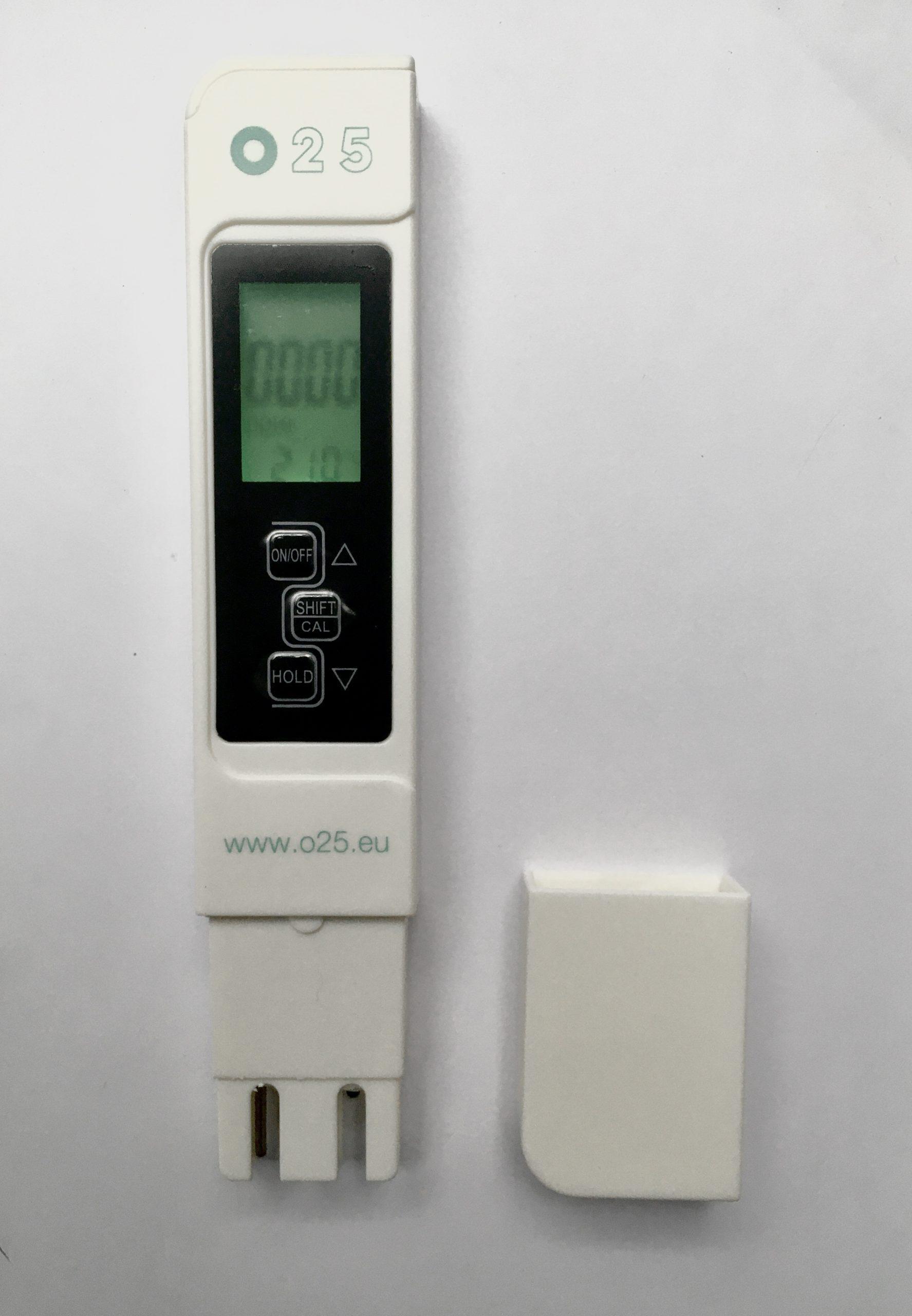
| PPM | 0-50 | 50-100 | 100-200 | 200-600 | +600 |
|---|---|---|---|---|---|
| Quality | Ideal | Recommended limit by WHO | Acceptable | Tap water? | Very rich in residues |

